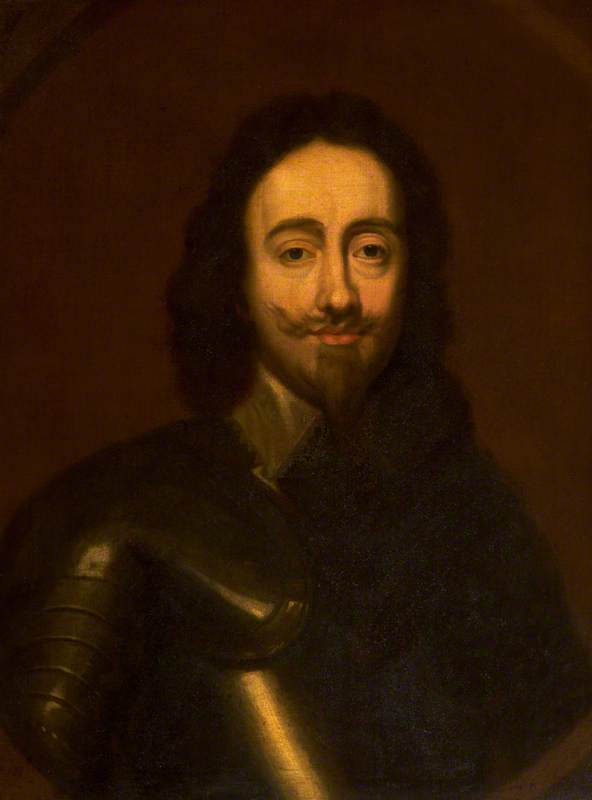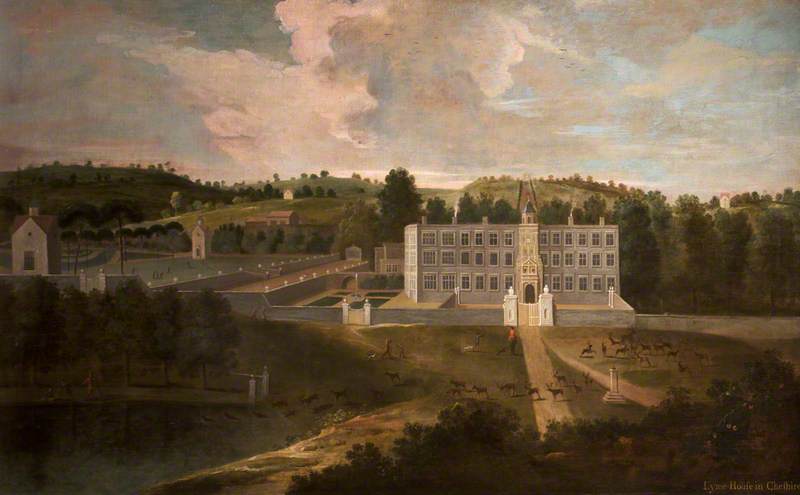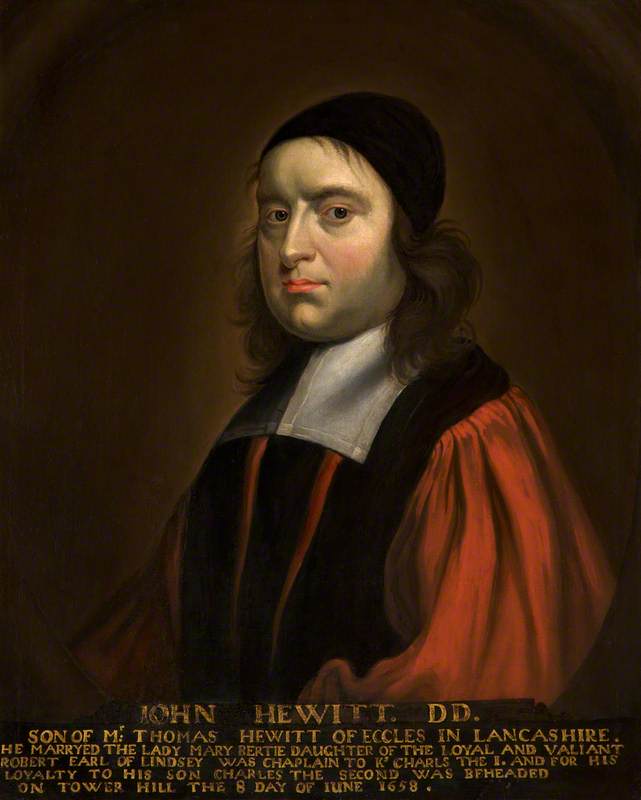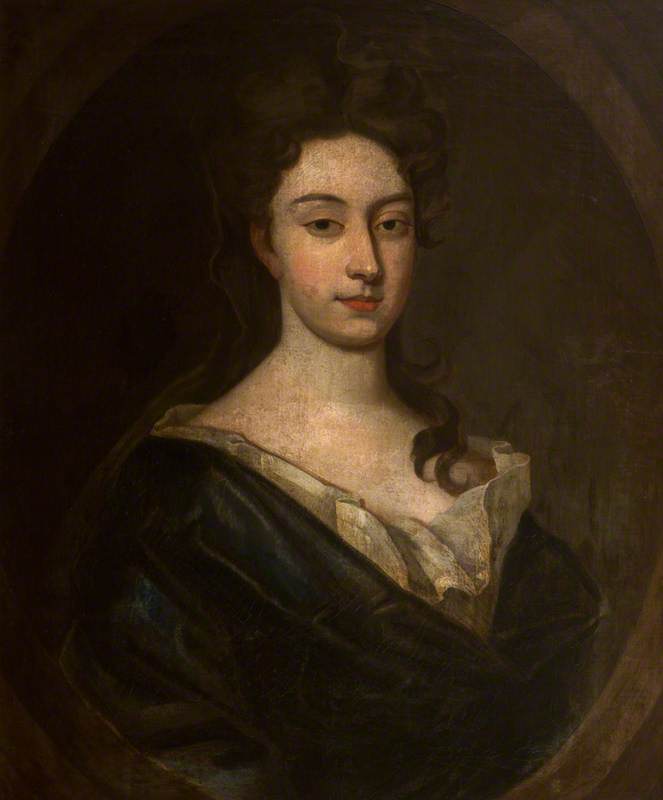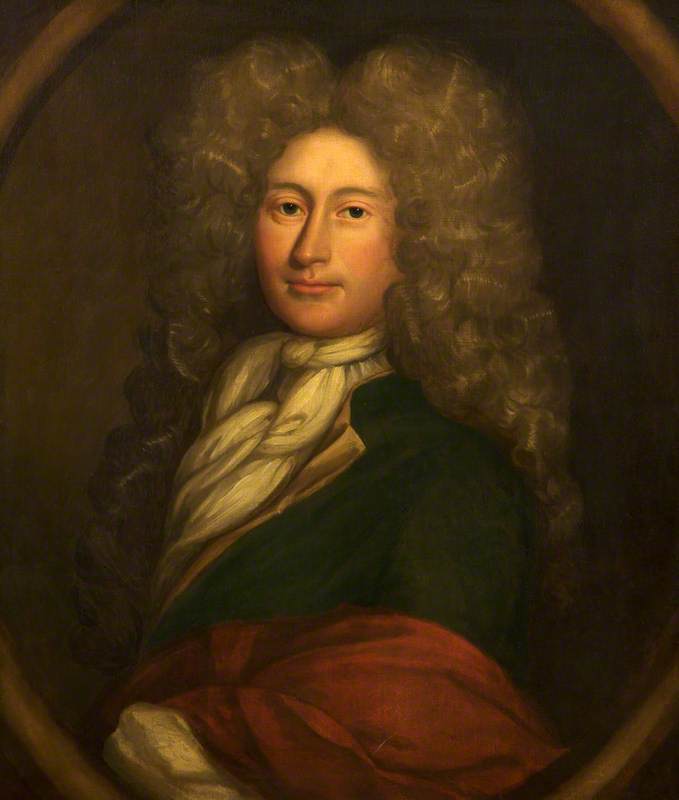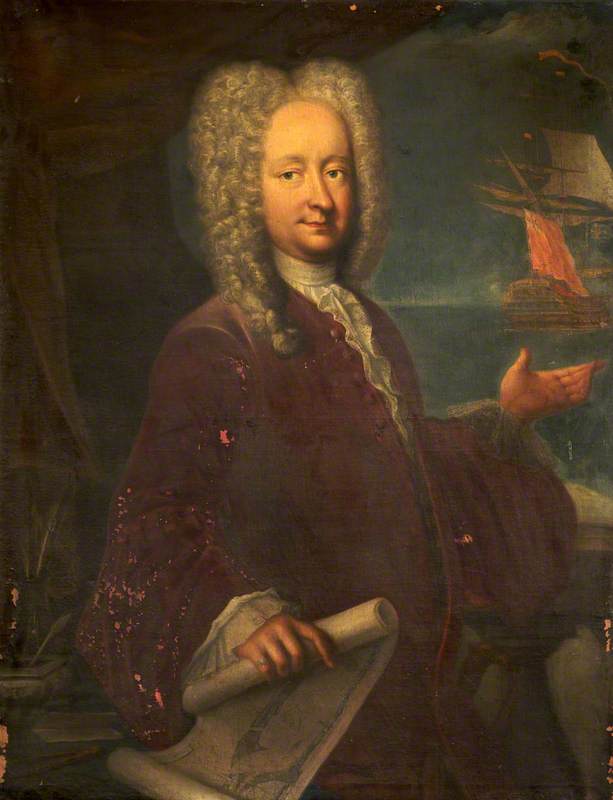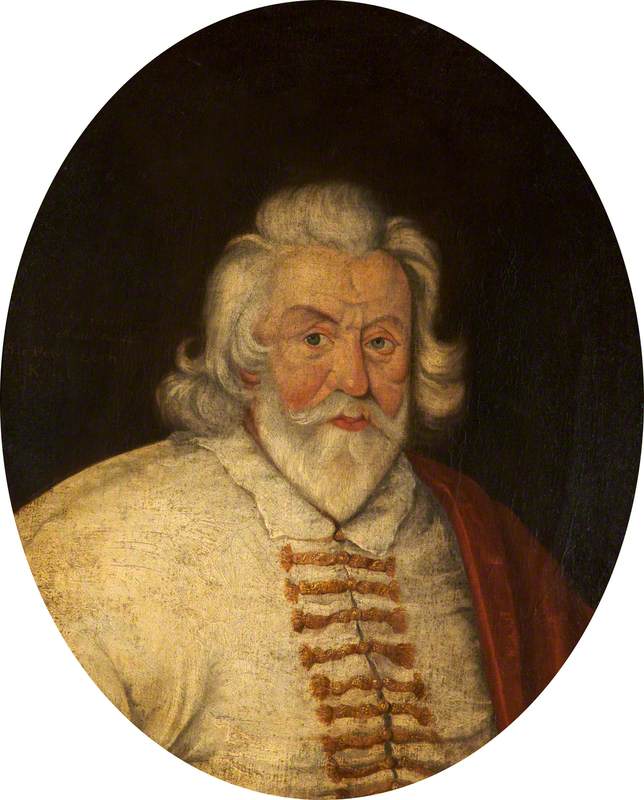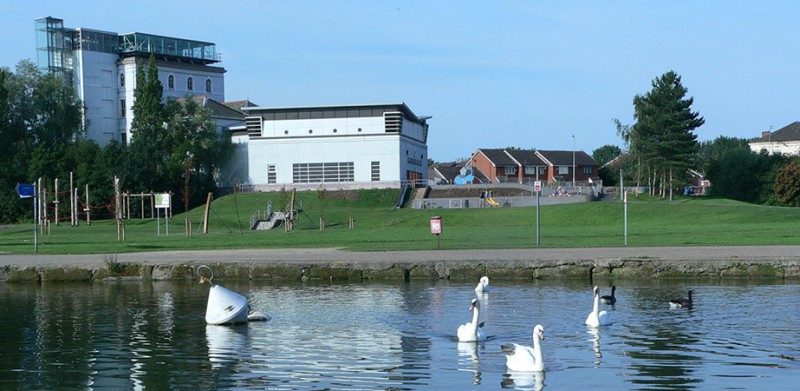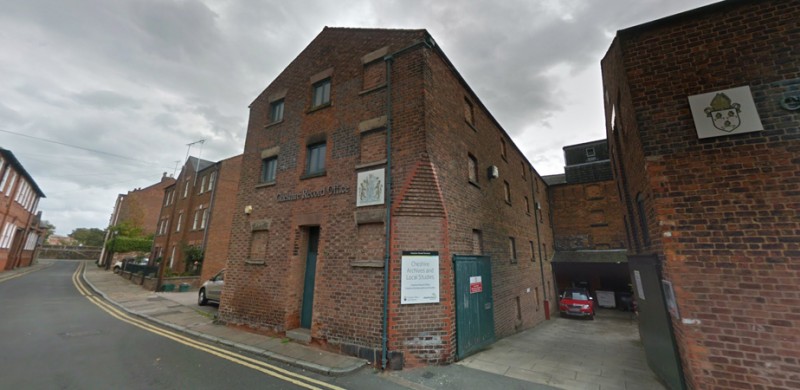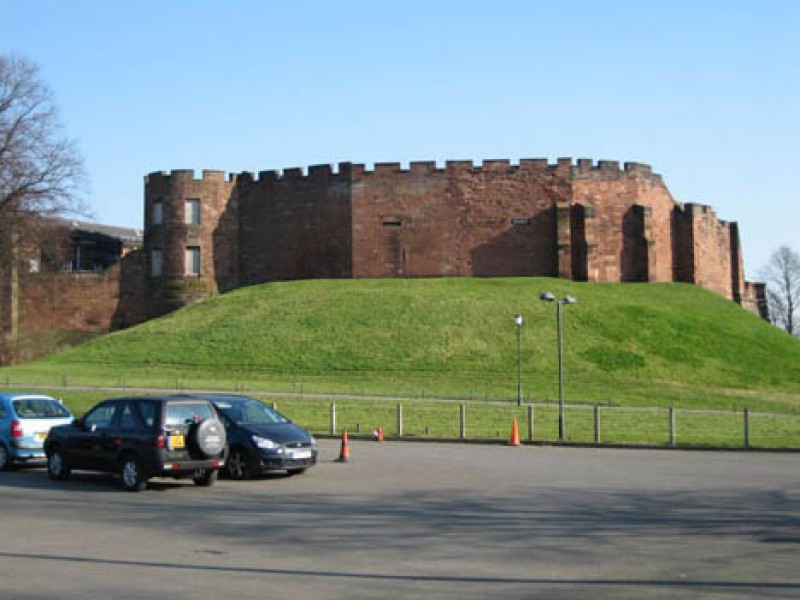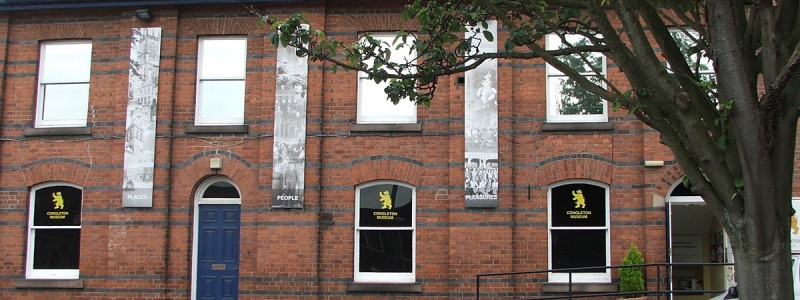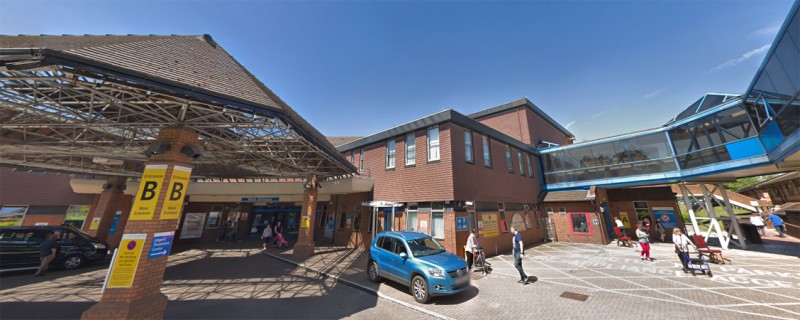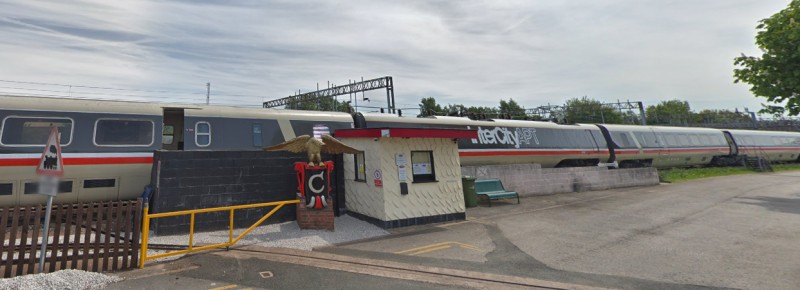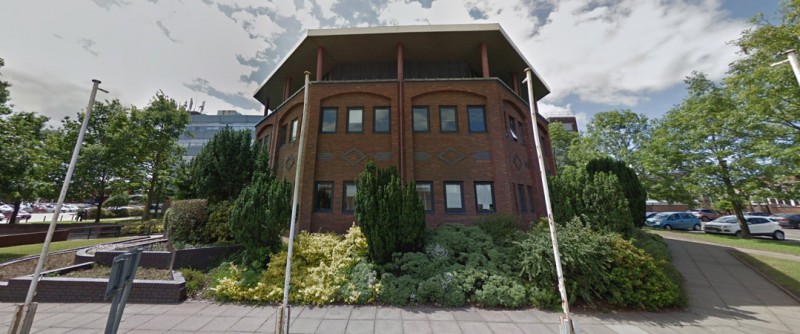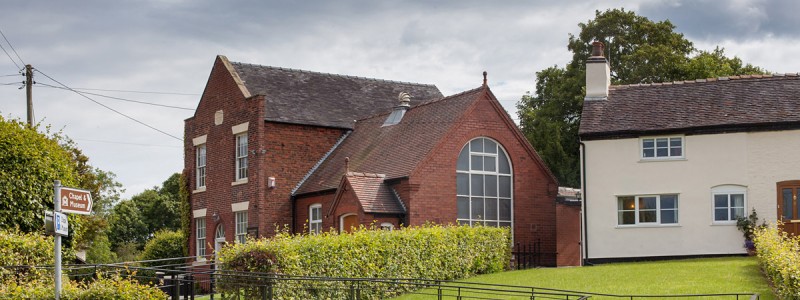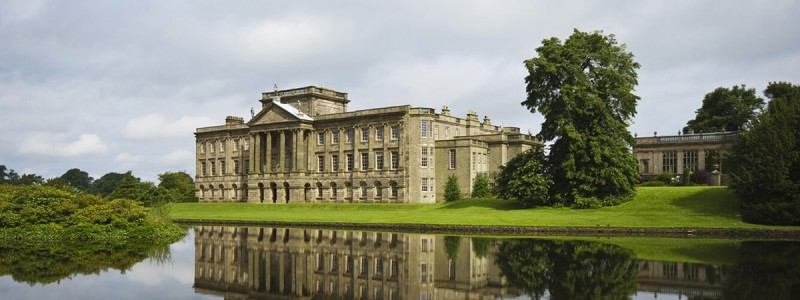
Image credit: National Trust Images/Arnhel de Serra

Open to the public
Historic house or home in Cheshire
135 artworks
Part of National Trust
Plan a visitArtists
-
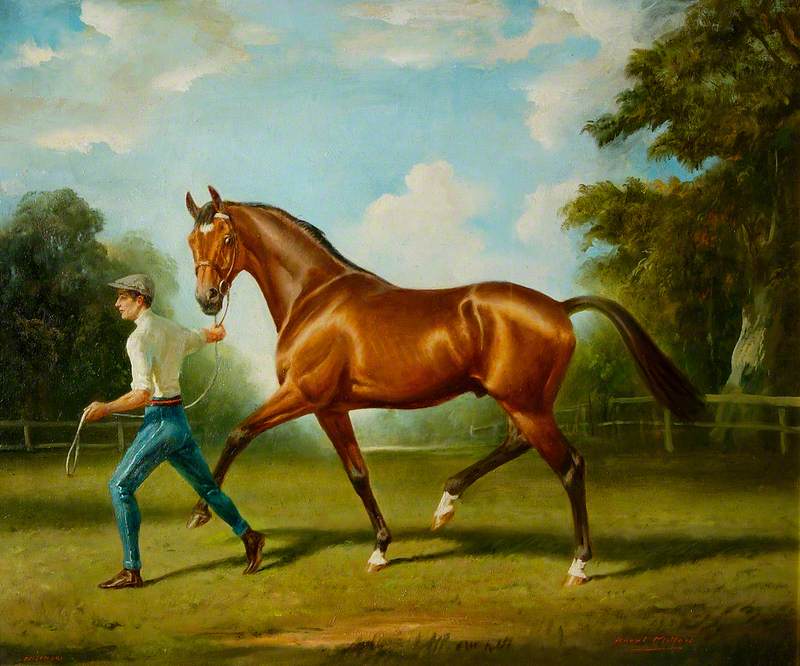
© the copyright holder. Image credit: The National Horseracing Museum
Raoul Millais (… -
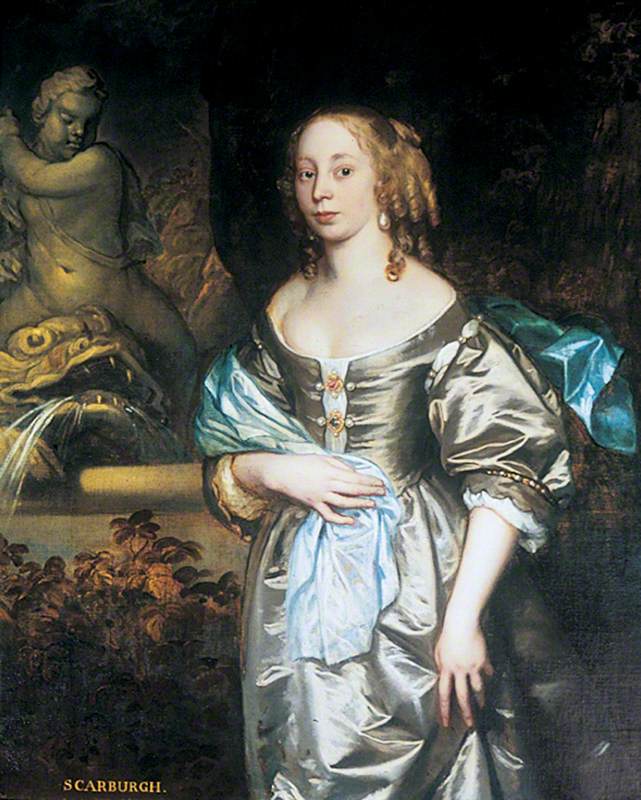
Image credit: Leeds Museums and Galleries
John Hayls (1600–1679) -
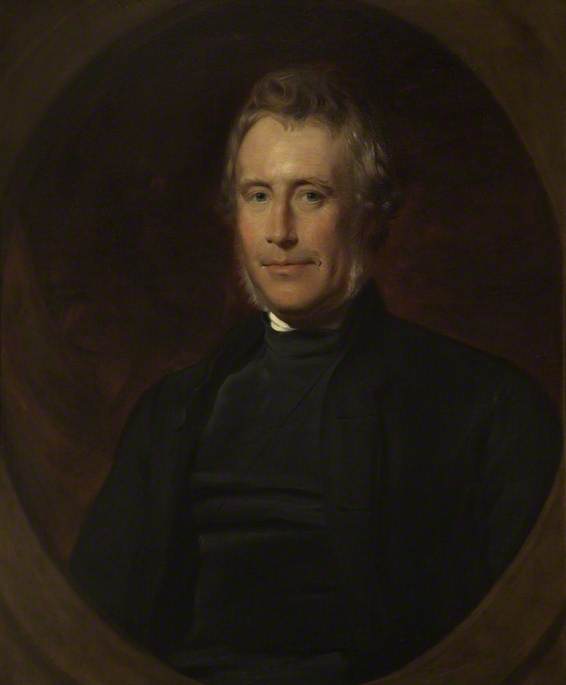
Image credit: The Bishop's Palace & Gardens
George Richmond (1809–1896) -
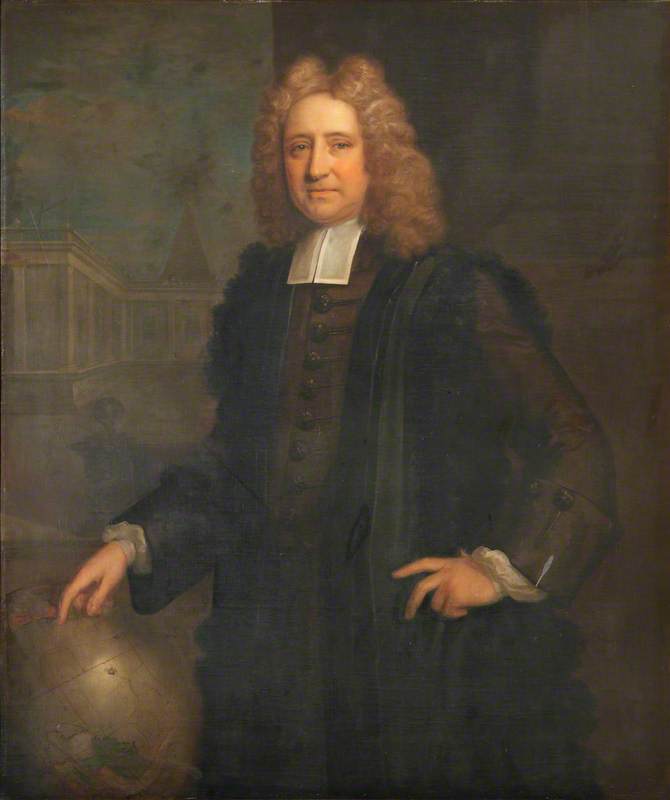
Image credit: Bodleian Libraries
Thomas Murray (1663–1735) -
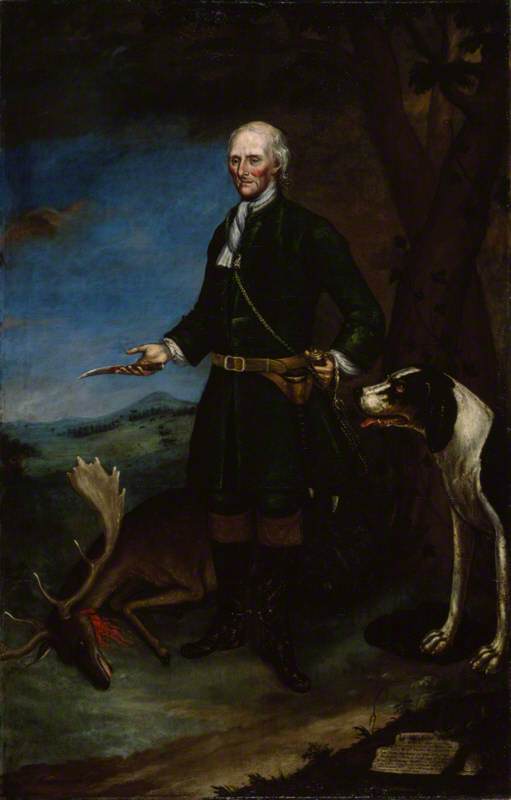
Image credit: National Trust Images
John Slack -
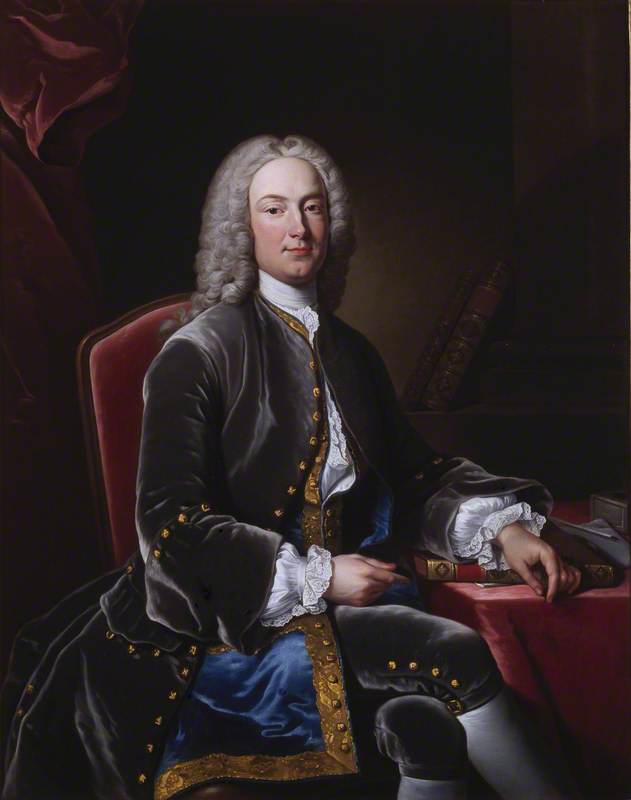 Jean-Baptiste van Loo (1684–1745)
Jean-Baptiste van Loo (1684–1745) -
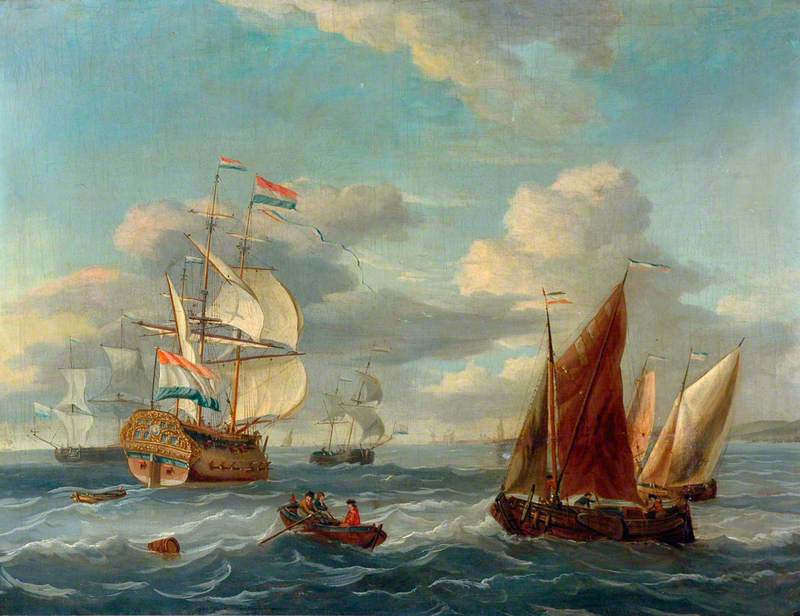
Image credit: Fairfax House
Abraham Jansz. Storck (1644–1708) -
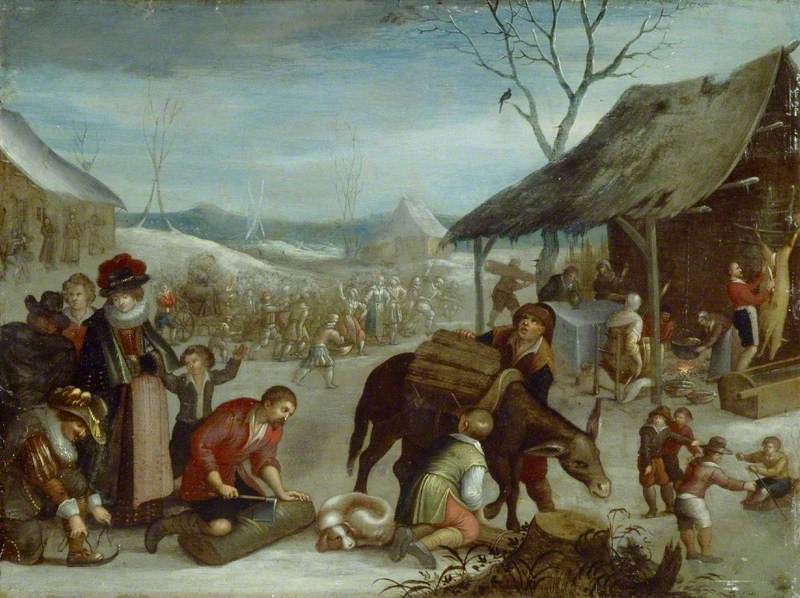 Flemish School
Flemish School -

Image credit: National Maritime Museum, Greenwich, London
James Webb (1835–1895) -
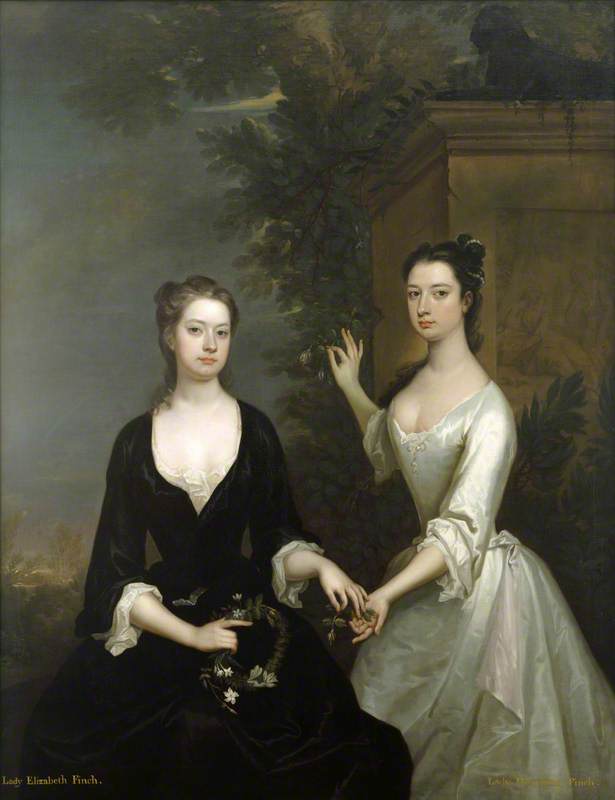 Charles Jervas (c.1675–1739)
Charles Jervas (c.1675–1739)
National Trust
National Trust artworks can also be found at these venues
More information-
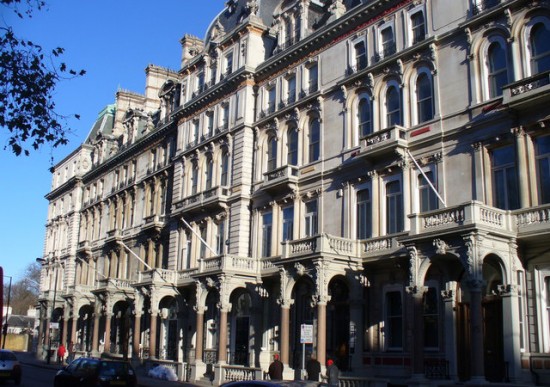 National Trust Collections
National Trust CollectionsLondon
-
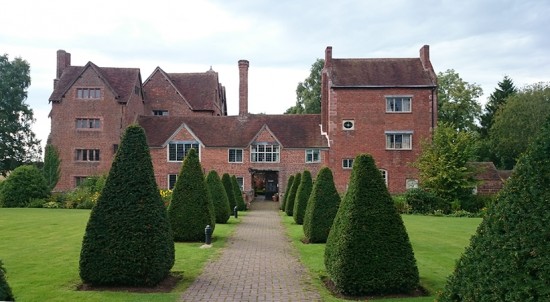 National Trust Collections at Harvington Hall
National Trust Collections at Harvington HallKidderminster
-

-
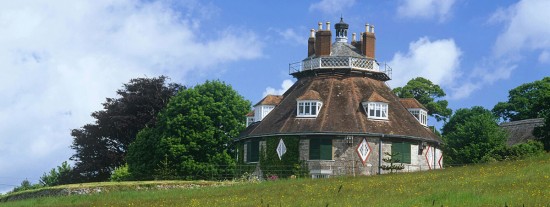 National Trust, A la Ronde
National Trust, A la RondeExmouth
-
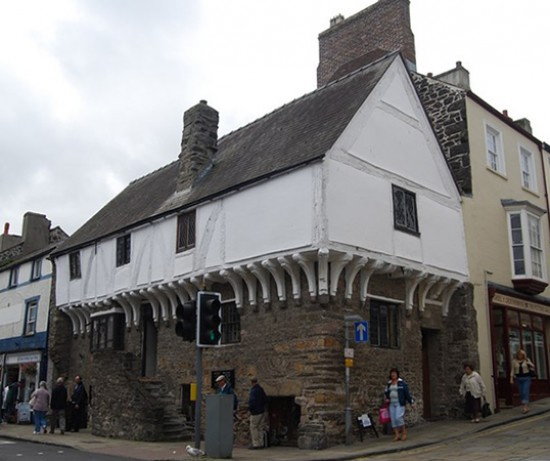
-
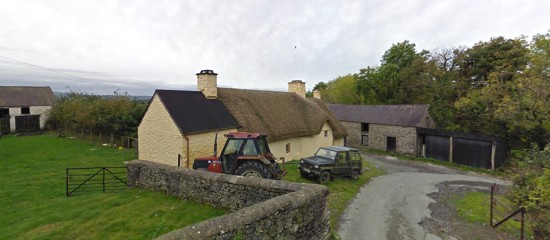 National Trust, Aberdeunant
National Trust, AberdeunantLlandeilo
-
 National Trust, Acorn Bank
National Trust, Acorn Banknear Penrith
-
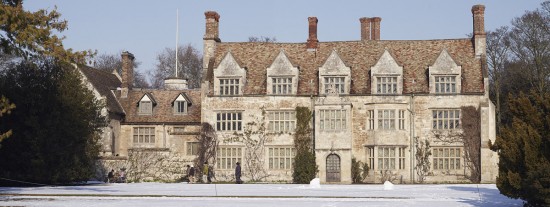 National Trust, Anglesey Abbey
National Trust, Anglesey AbbeyCambridge
-
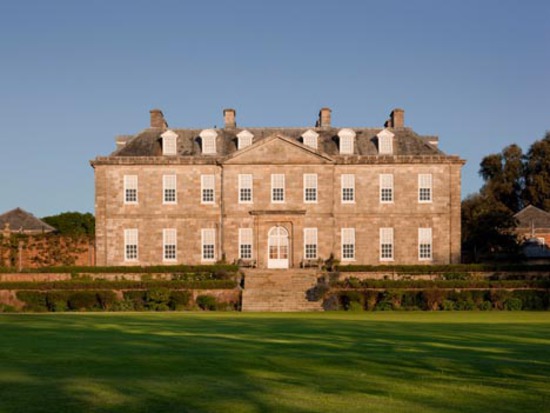 National Trust, Antony
National Trust, AntonyTorpoint
-
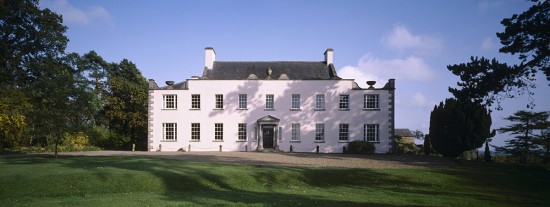 National Trust, Ardress House
National Trust, Ardress HousePortadown
-
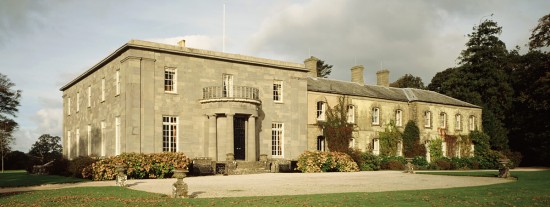 National Trust, Arlington Court and National Trust Carriage Mus…
National Trust, Arlington Court and National Trust Carriage Mus…near Barnstaple
-
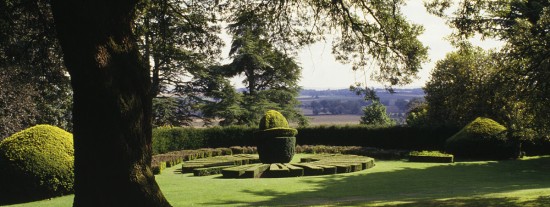 National Trust, Ascott
National Trust, Ascottnear Leighton Buzzard
-
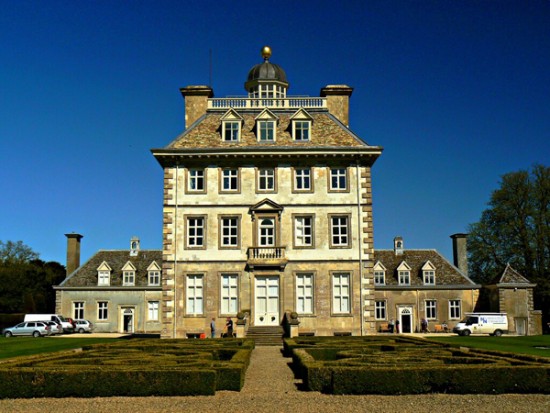 National Trust, Ashdown House
National Trust, Ashdown HouseNewbury
-
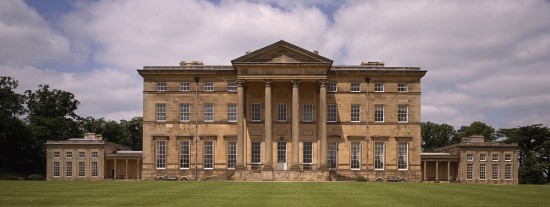 National Trust, Attingham Park
National Trust, Attingham Parknear Shrewsbury
-
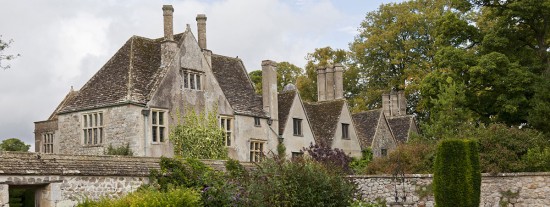 National Trust, Avebury Manor
National Trust, Avebury Manornear Marlborough
-
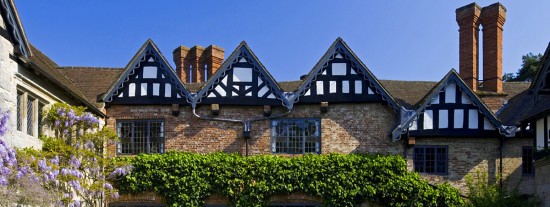 National Trust, Baddesley Clinton
National Trust, Baddesley ClintonBaddesley Clinton
-
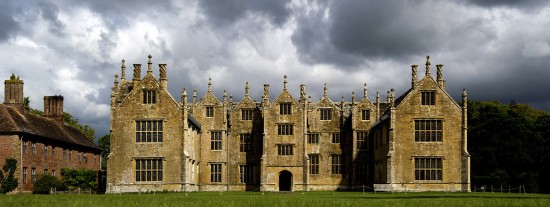 National Trust, Barrington Court
National Trust, Barrington Courtnear Ilminster
-
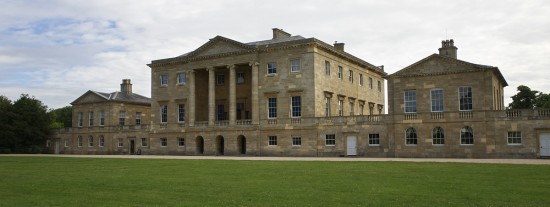 National Trust, Basildon Park
National Trust, Basildon ParkReading
-
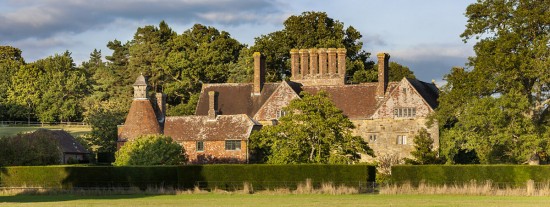
-
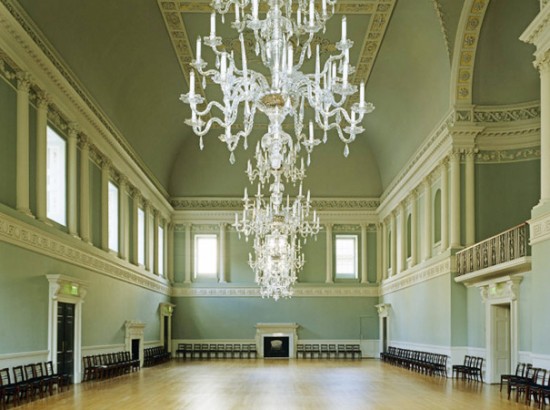
- View all 212
